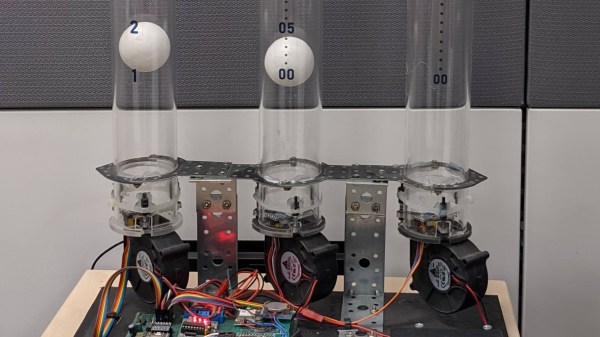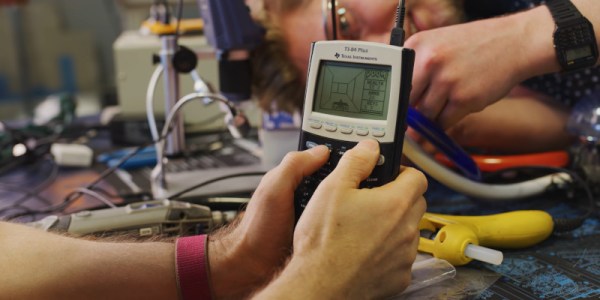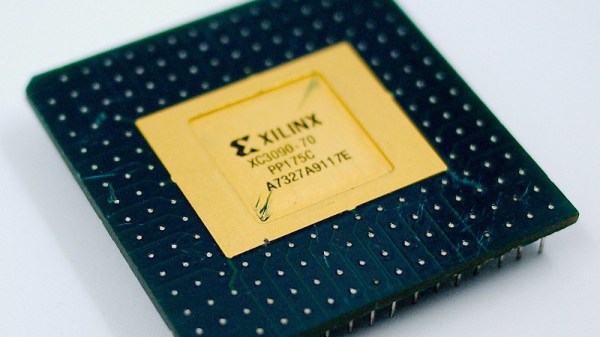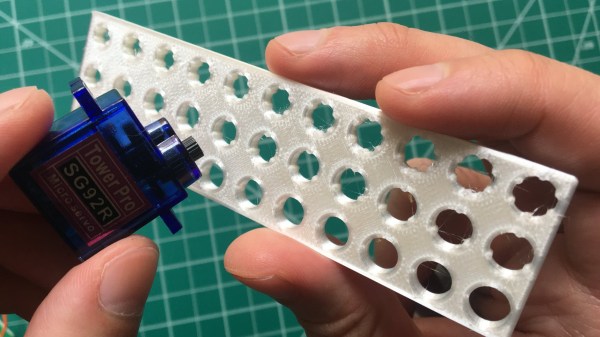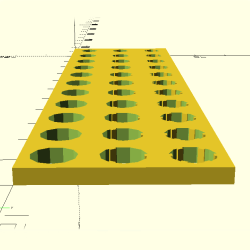When was the last time you looked forward to looking at a clock? Not to find out the time per se — like gee, maybe it’s beer o’ clock already — but waited with bated breath to gaze upon a particular clock? Never? We don’t blame you, but only because you haven’t seen this fruit machine clock in action yet.
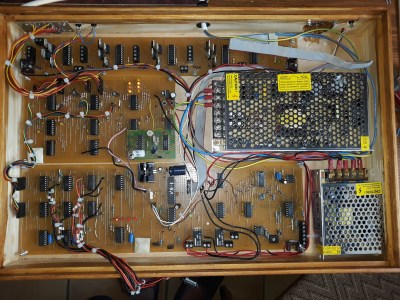 Every 60 seconds, the reels start spinning like some little man inside pulled the lever on a slot machine (or fruit machine, as they’re called across the pond). The reels slow down and stop one by one, left to right, settling on the four digits of time in 24-hour mode. Imagine the suspense of coming to see what time it is just as the reels start spinning!
Every 60 seconds, the reels start spinning like some little man inside pulled the lever on a slot machine (or fruit machine, as they’re called across the pond). The reels slow down and stop one by one, left to right, settling on the four digits of time in 24-hour mode. Imagine the suspense of coming to see what time it is just as the reels start spinning!
[timebanditclock] grew this fruit machine out of old-school discrete logic beautifully applied to stripboard. Each of the reels has a DIY binary encoder that uses IR transmit/receive pairs to generate a binary word. These four binary words are compared to a binary clock module using comparators.
We think this is an amazing concept already, but then [timebanditclock] worked overtime by doing it all in discrete logic. Spin past the break to see a demo and stick around for the build video.
Want a challenging clock build that’s a little less challenging? Maybe it’s time to try circuit sculpture.
Continue reading “Time Bandit Clock Hits The Aesthetic Jackpot”

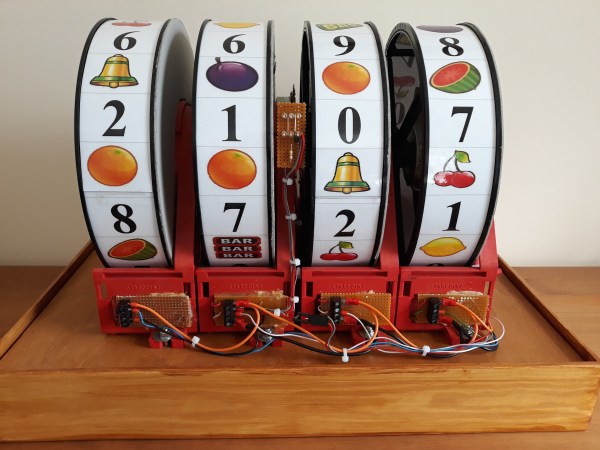
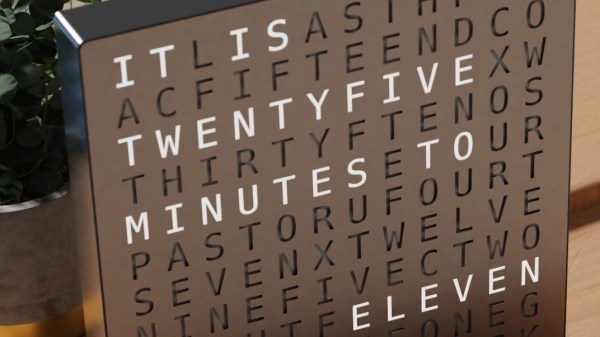
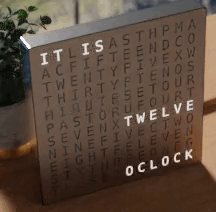 Inspired by the picture of a commercially available word clock, [Yasa] remembered the fun he had back in 2012 when he made
Inspired by the picture of a commercially available word clock, [Yasa] remembered the fun he had back in 2012 when he made 